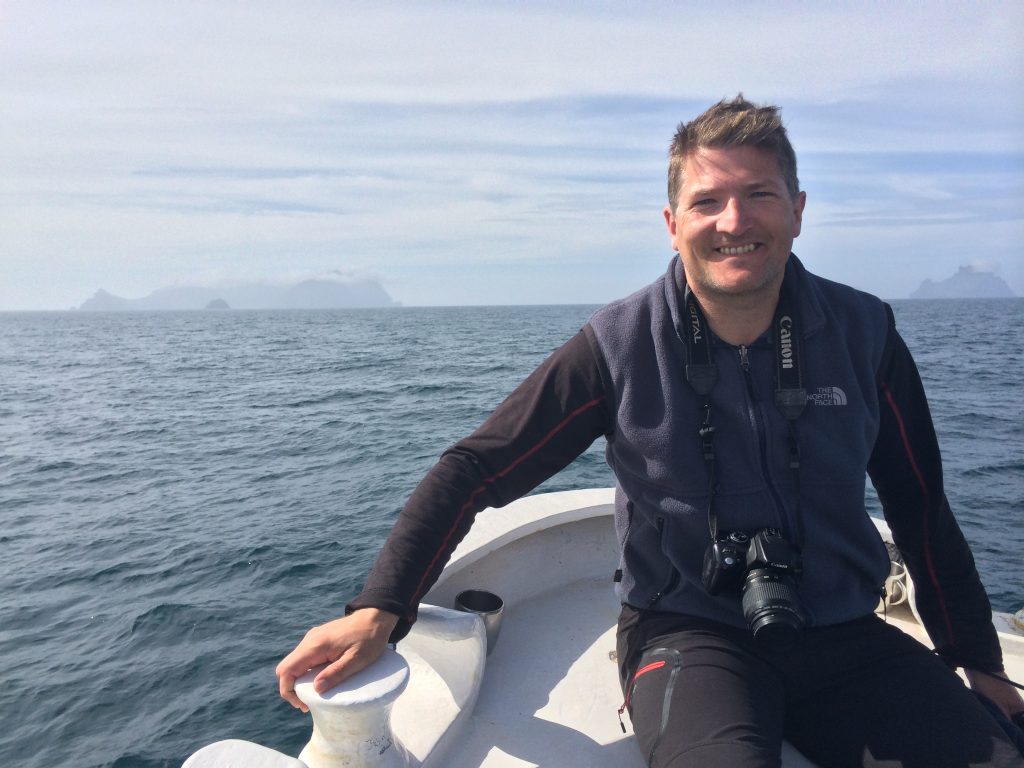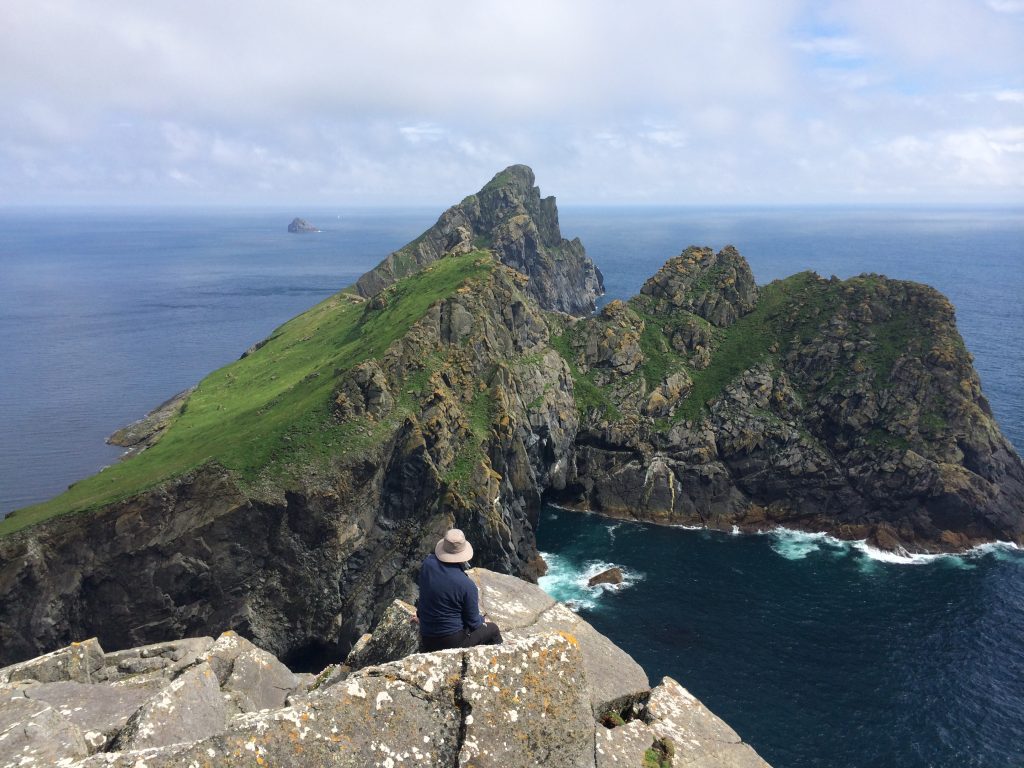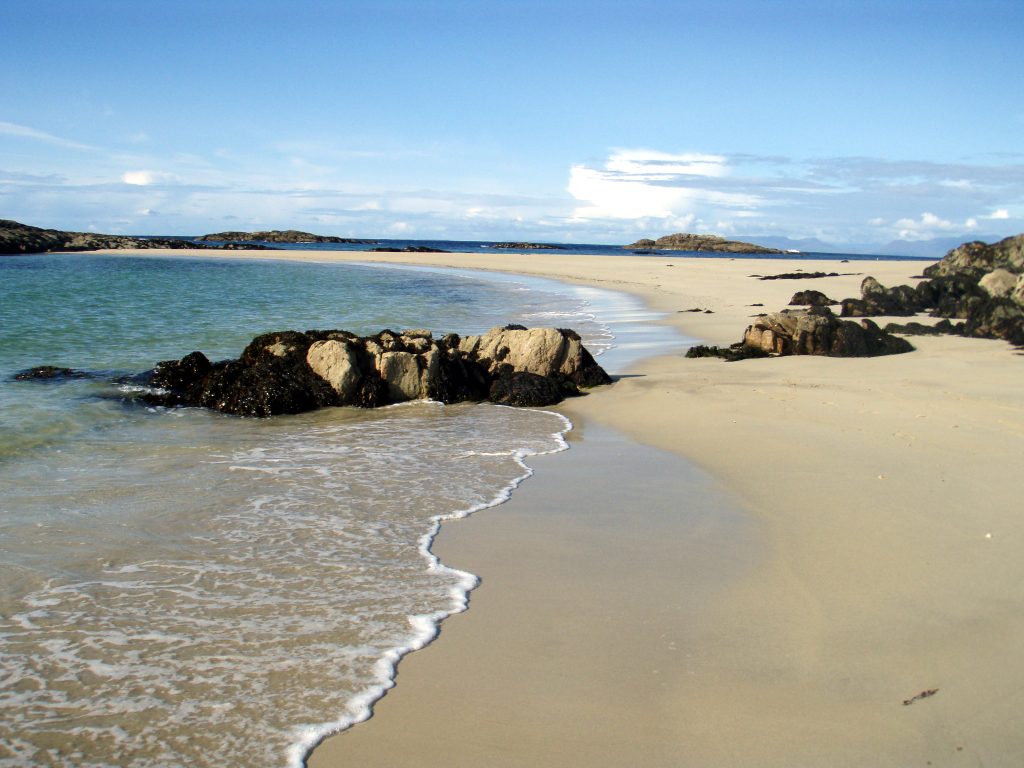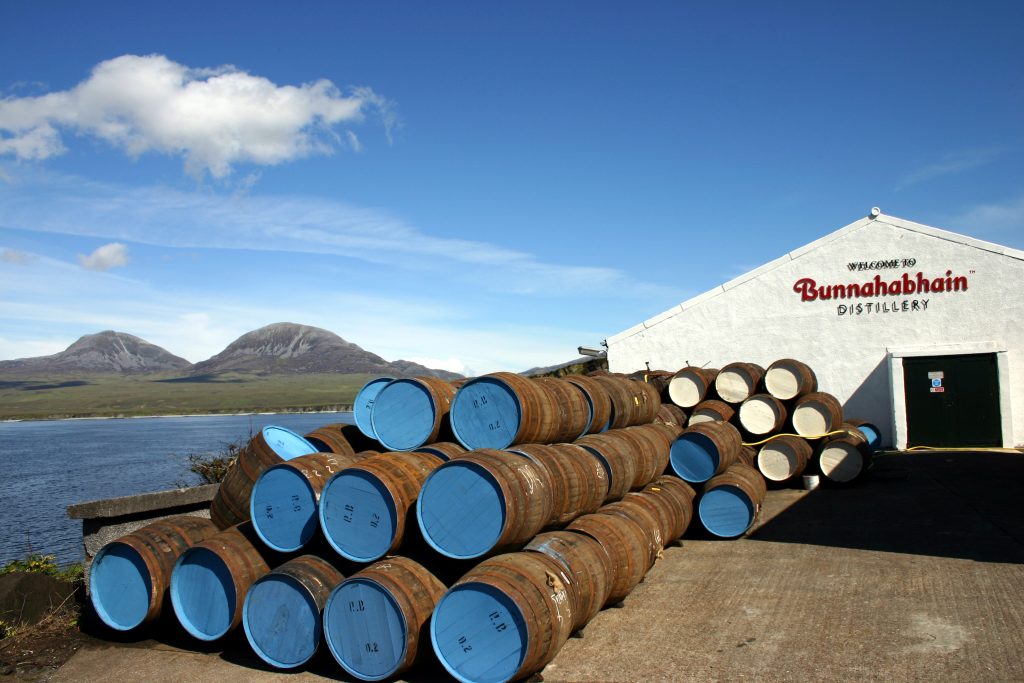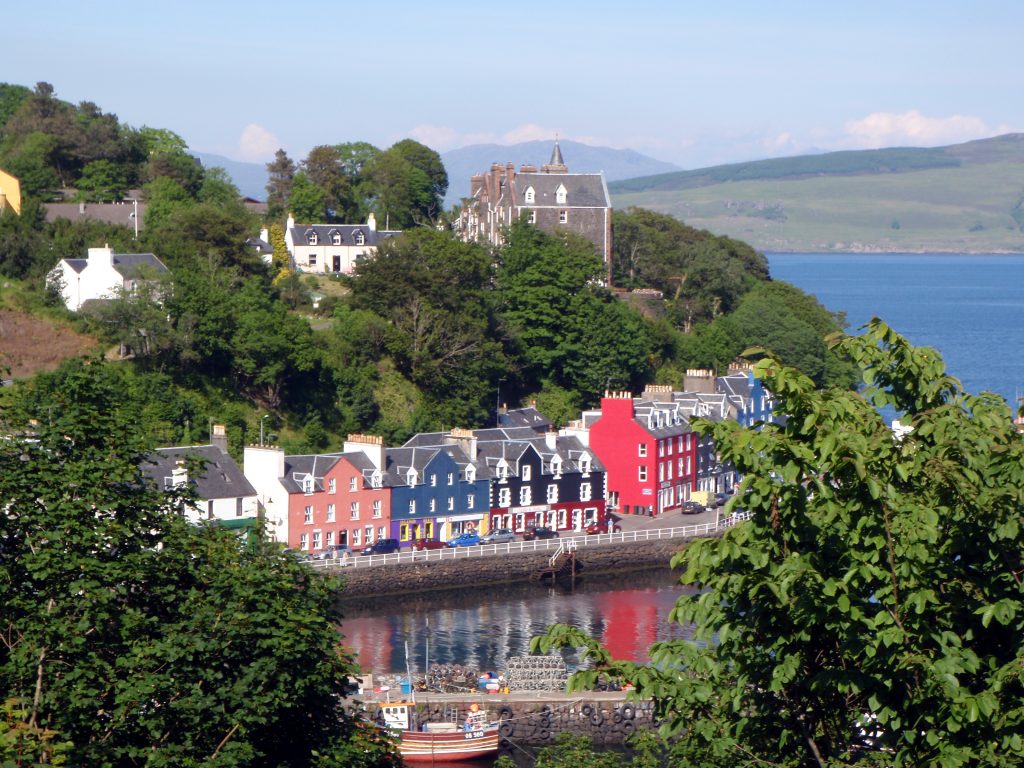By Robin McKelvie
There is nothing quite like a rugged coast, alive with a shimmering of isles sparkling on the horizon, to get the heart – and soul – stirring. And Scotland boasts an immense coast. In every way. We’re graced with over 800 islands and our coastline is larger than that of England. And France. And Spain. It’s immense too in its lived history, a littoral alive with the drama and richly woven stories of its people through the centuries, the most beguiling coast I’ve had the joy to encounter in my travels to over 100 countries.
Until I started really exploring Scotland’s west coast I only had the teasing snippets that some Scots sadly only ever get – a fleeting ferry trip hauled off to a visit a distant relative, a university camping adventure in a rubbish tent down a glowering glen. For me most memorable was being dragged off to Arran every summer and to paint my dad’s yacht on Bute. But within these trips – and all the accidental journeys we all make when we’re young – there are always evocative snippets of beauty. I remember Arran’s sweeping skies roaring into the wind with my dad on the bow of CalMac. I remember too gazing from Bute to Cumbrae, on to Arran and to the end of the world – Ailsa Craig. And struggling to take it all in. I saw promise, though, the endless promise of horizons to explore and Scotland’s west coast offers this in wild abundance no matter your age.
The COAST project is all about gathering stories, stories that bring the history and people of Scotland’s wild and wildly beautiful western coastline to life in a way that has never really been attempted in such depth before. And we’re talking an impressive natural template to build on. It’s no accident that Mendelsohn was drawn here to pen his spectacular Hebrides Overture, that Orwell sought the solitude needed to write 1984 on Jura and on the same island the KLF burnt £1 million in one of modern Scotland’s most hotly debated stories.
The west coast of Scotland is a rich template for a multitude of stories. The landscape is instantly, unfailingly cinematic. We’re talking a land where kilometre-high mountains plunge down through savage glens in search of a coast sprinkled both with unforgiving rocky sections and pristine white beaches that top anything in the Caribbean. We’re talking the unlikely Tolkien-esque majesty of Skye’s mountains, the endless beaches of Coll, the end of time epic world of the St Kilda archipelago.
And man has made his mark on this world. I’m thinking of the whitewashed villages that cling to the coast in postcard-pretty beauty and hamlets where man somehow stubbornly lives on. People survive and indeed thrive too despite the baleful Clearances that ravaged swathes of this world. That and other struggles of the west coast are not always covered, so I’m delighted to see some of the COAST stories delve into these tougher times, times that set the scene for the west coast we enjoy visiting today.
Looking at the map of what COAST covers the names jump off the website alive with memories and stories for me. I thought instantly of a brilliant sunny day on the sands at Scarista on Harris. With only seals on one end of the beach for company and seabirds on the other flank I surveyed a scene much more spirit-soaring than I’ve ever seen in a holiday brochure. Then a German couple appeared. She hit the top of the dunes, saw the view and yelled excitedly at him to hurry. He shuffled up wondering what the fuss was about. Then they both did a wee elated jig. Once they’d disappeared into the sandy expanse an American backpacker turned up. On hitting the dune top he threw his hands up in the air and then sank to his knees and kissed the sands, praying in gratitude. That is how wondrous this coastline is.
I’ve seen striking coastlines with interesting places to visit the world over. I’ve never seen a whole coastline that never fails to deliver. And one so alive with stories, beating with culture and life. I’ve only been able to dip into some of the COAST stories so far and already I’ve been blown away. One of my favourites is Calum’s Road. It tells the tale of a man who battled the world in all its unimaginable hardships to literally forge a section of road on the Isle of Raasay. It’s a huge testament to the human spirit: a heartrending, life-affirming tale. Calum’s story has been turned into a book by Roger Hutchinson and a song thanks to Capercaillie. It’s been preserved for all time, for future generations to benefit from in all its richness as all stories should be.
That preservation of our past, of the lived history of the coast, is what to me is part of what is so essential about this COAST project. It’s essential we not only document and preserve the past, but also learn lessons from it and use it to inform both the present and weave into our future. Through the COAST project we all are entertained, moved, thrilled, provoked, inspired and – most importantly for me, whether you’re a visitor or live here – learn lessons that work both into your enjoyment of this unique part of the planet. Lessons that we can all use in how we treat this world and act in our own lives.
Travel writer, blogger, author and broadcaster Robin McKelvie (www.robinmckelvie.com, www.twitter.com/robinmckelvie) has spent much of the last two decades exploring Scotland’s west coast and its islands on two feet, two wheels, and by boat, car, plane, ferry, yacht and cruise ship. He is the author of National Geographic’s Scotland guide and has written over a thousand articles on Scotland for newspapers and magazines across the globe.
